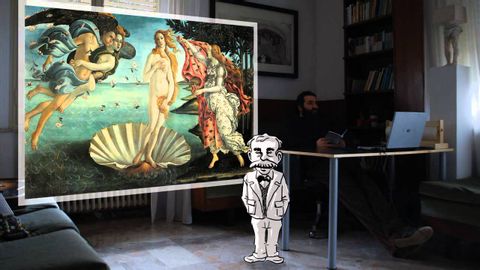
Subtitles & vocabulary
Un fiore rosso - A Red Flower
00
silongyang080 posted on 2019/05/14Save
Video vocabulary
figure
US /ˈfɪɡjɚ/
・
UK /ˈfiɡə/
- Verb (Transitive/Intransitive)
- To appear in a game, play or event
- To calculate how much something will cost
- Noun
- Your body shape
- Numbers in a calculation
A1TOEIC
More convince
US /kənˈvɪns/
・
UK /kən'vɪns/
- Transitive Verb
- To persuade someone, or make them feel sure
A2TOEIC
More strength
US /strɛŋkθ, strɛŋθ, strɛnθ/
・
UK /streŋθ/
- Noun (Countable/Uncountable)
- Condition of being strong
- The quality or state of being physically strong.
A2TOEIC
More Use Energy
Unlock All Vocabulary
Unlock pronunciation, explanations, and filters
